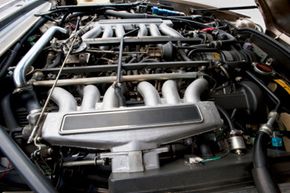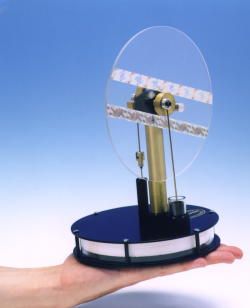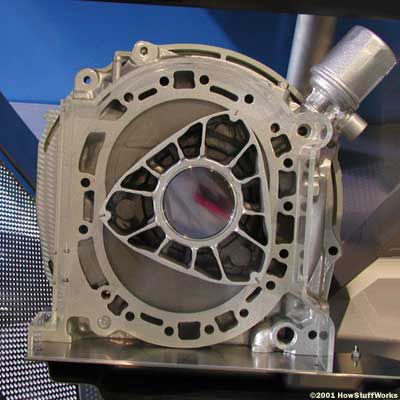Your car breathes. Yes, you heard that right: Your car breathes, just like you do. It takes in air and it breathes out, well, exhaust. But just as air, particularly the oxygen it contains, is one of the most important substances sustaining life in your body, it's also one of the most important substances sustaining life (or at least movement) in your car.
In cars with an internal combustion engine (and despite the electric cars that are beginning to enter the market, most cars (including hybrids) still have internal combustion engines), what makes movement possible is a series of small explosions taking place inside the combustion chambers. The fuel for these explosions is usually gasoline, but the explosions wouldn't be possible without oxygen, which allows combustion to take place. In other words, there has to be the proper air and fuel mixture in your car's cylinders for anything to happen at all. Without air in the cylinders, your car would just sit there taking up space.
Advertisement
Enter the intake (or inlet) manifold. If a car is like your body, then the intake manifold is its lungs. (I guess that would make the engine its heart, but it might be better to give this metaphor a rest.) The intake manifold is a series of tubes that distributes the air coming into the engine evenly to each of the cylinders, so that the right amount of air can mix with the right amount of gas. Most internal combustion engines run on a four-stroke process and during the first stroke (called the intake stroke) air from the intake manifold is sucked into each cylinder through a valve or valves. These intake valves are then closed for the other three strokes (compression, combustion and exhaust) and reopen when the cycle starts all over again. It's the intake manifold that's responsible for making sure that there's enough air available when the valve opens for each intake stroke and that each cylinder gets the same amount of air as the others.
But what if the intake manifold develops a leak?
Advertisement


